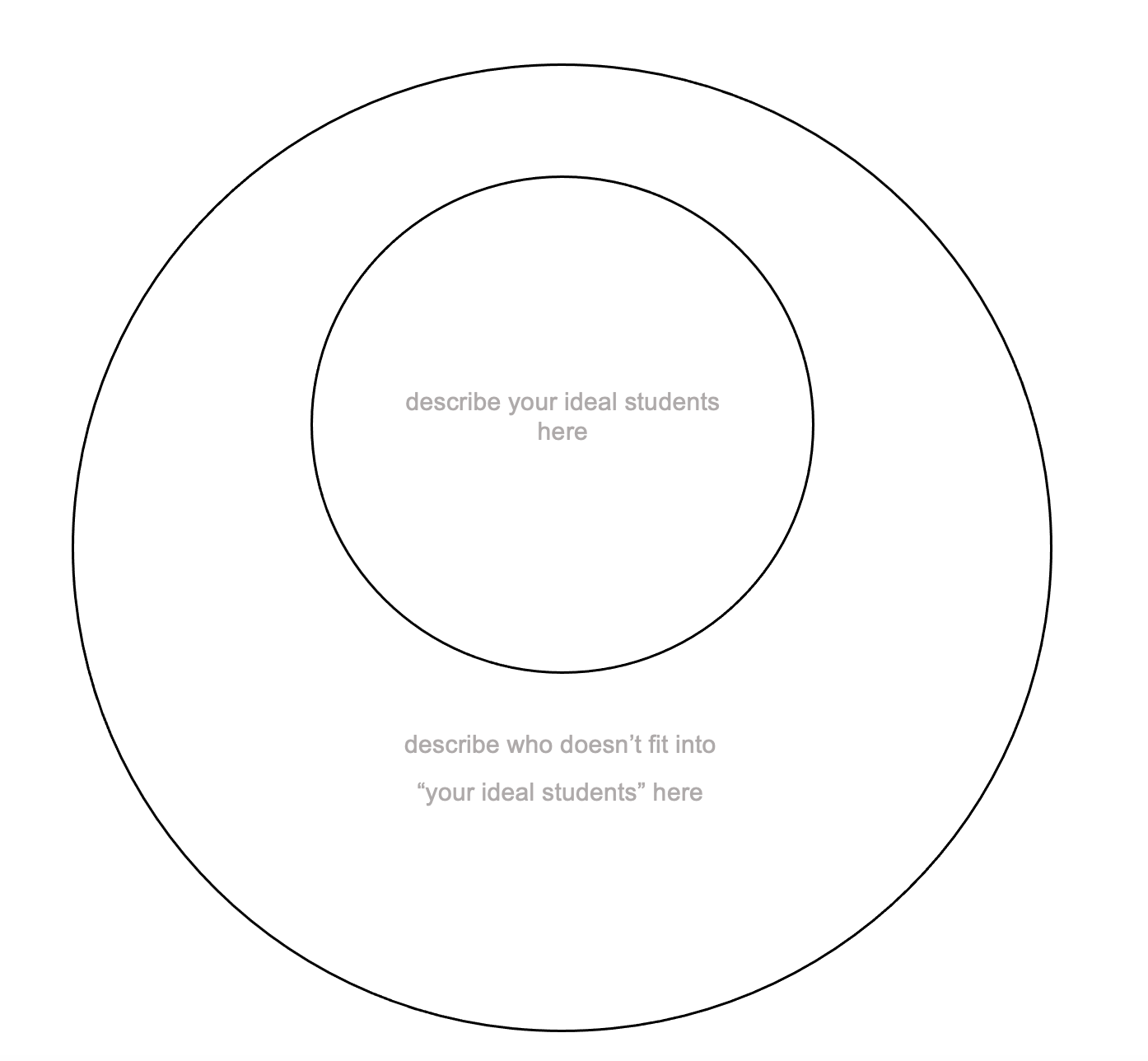Universal Design for Learning: A Practical Guide
Section 1.4: Your Ideal Students
When we are designing curriculum or creating learning activities, a good instructor will imagine their audience or their ideal student. The ideal student is not perfect but instead tends to be a prototype of what we might expect to see in terms of strengths and weaknesses, preferences, motivation, and knowledge base. These assumptions set up a mental model of what the experience with our students will likely look and feel like. So where does the ideal student image come from? It comes largely from our previous teaching experiences, but also from the way we felt as students, and how we were treated by our own parents, teachers, and instructors.
Based on our ideal student image, we imagine how our activities, assessment, and feedback will be designed. Being thoughtful and empathetic, accounting for experience, and connecting with our own and our students’ histories is a key aspect of teaching, but sometimes activities don’t work as we expect. Perhaps nobody talks during group activities, a small group of students need information repeated multiple times, your inbox is full of questions you thought you addressed, or only half the class seemed to do the readings. These difficulties present an opportunity to think about whether our ideal student mental model is accurate and whether we can design differently.
One of the cornerstones of Universal Design for Learning is to consider the variation in experiences and characteristics in students in your classes. The jaggedness principle (Rose, 2016) holds that learners vary in many ways, along many different dimensions. Your students will vary in:
- Information processing
- Language processing
- Introversion and extroversion
- Financial resources
- Post-secondary readiness
- Self-advocacy
- Spatial ability
- Reading speed
- Mathematical calculations
When we practice taking into account the jaggedness in our classes, we don’t change the jaggedness itself, but we change the ways we expect variation and in turn, we get better in planning for that variation. As we get better at anticipating jaggedness, we start feeling less surprised and in turn, we get better at planning proactively. Better proactive planning means less reactivity and less stress for both you AND learners.


